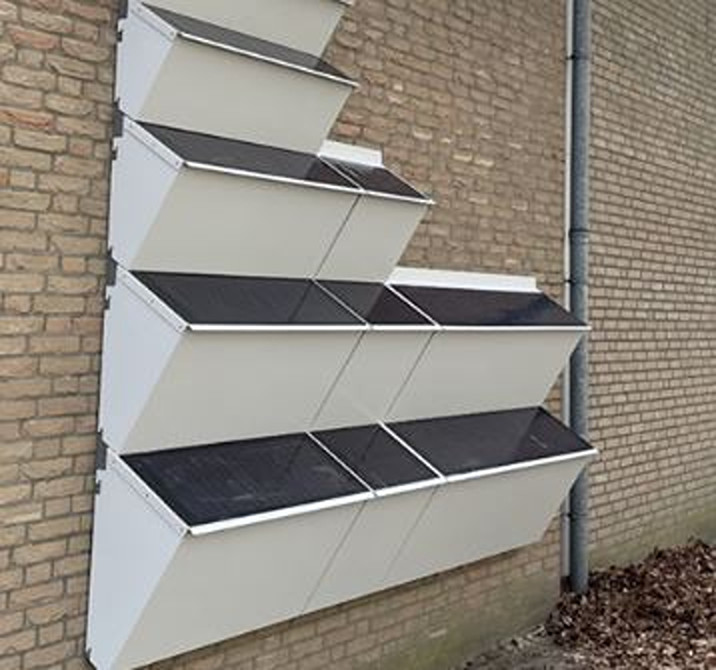A Belgian-Dutch research team has defined new design guidelines for solar photovoltaics integrated into buildings or infrastructures. The proposed approach, which was validated through two demonstrators, supports the production of semi-finished products for integrated photovoltaic applications by enabling effective communication between project developers and module manufacturers.
An international research team has outlined new general design guidelines for integrated photovoltaic (IPV) modules.
“Our study introduces a new approach by establishing design guidelines for the production of PV modules tailored for IPV, based on general product requirements rather than relying on commercially available PV modules,” said the lead author of the study . Nikolaeta Kyranakitold pv magazine. “The guidelines provide a framework of options and their characteristics, facilitating communication between IPV developers and PV manufacturers to select and produce the optimal PV module for specific applications.”
In the study “Design guidelines for integrated photovoltaic modules in construction and infrastructure”, published in RRL solar energy, The researchers explained that their approach was validated through two demonstrators, one for Building-Integrated PV (BIPV) and one for Infrastructure Integrated PV (IIPV), which were installed to validate the proposed general design guidelines. “This work represents an important contribution to the goal of mass customization for such products,” Kyranaki added.
The new guidelines are primarily intended to support the production of semi-finished products (SFs) for IPV applications by enabling effective communication between project developers and module manufacturers. The main factors to be considered and discussed are the structure of the panels, electrical and fire safety, attachment of the SF to the IPV element, transparency, ambidexterity, aesthetics, durability, shading limitation, cost, recyclability and environmental assessment per life cycle. assessment (LCA).
The extensive list of general design criteria proposed by the scientists also offers several options in terms of bill of materials and production technologies. “These options have their own advantages and disadvantages, which are listed and quantified where possible,” the scientists said.
Kyranaki explained that compliance with relevant IEC standards and the establishment of harmonized standards proved to be key factors for the production of high-quality semi-finished products. “Durability, mechanical stability and aesthetic compatibility in IPV structures are also important,” she added.
Looking ahead, the research team said it aims to optimize the cost of IPV products and improve the recyclability of semi-finished products. “Environmental assessment through LCA is critical as current studies suggest that frameless glass-glass modules provide evidence of lower greenhouse gas emissions,” Kyranaki said.
The group was formed by scientists from Hasselt University and the Institute for Research of the Institute Groups of the Haute Ecole Mosane in Belgium, but also from the Netherlands Organization for Applied Scientific Research (TNO) and the Zuyd University of Applied Sciences. Researchers from the Belgian companies Soltech, ZigZagSolar and Enfoil were also involved.
This content is copyrighted and may not be reused. If you would like to collaborate with us and reuse some of our content, please contact: editors@pv-magazine.com.


